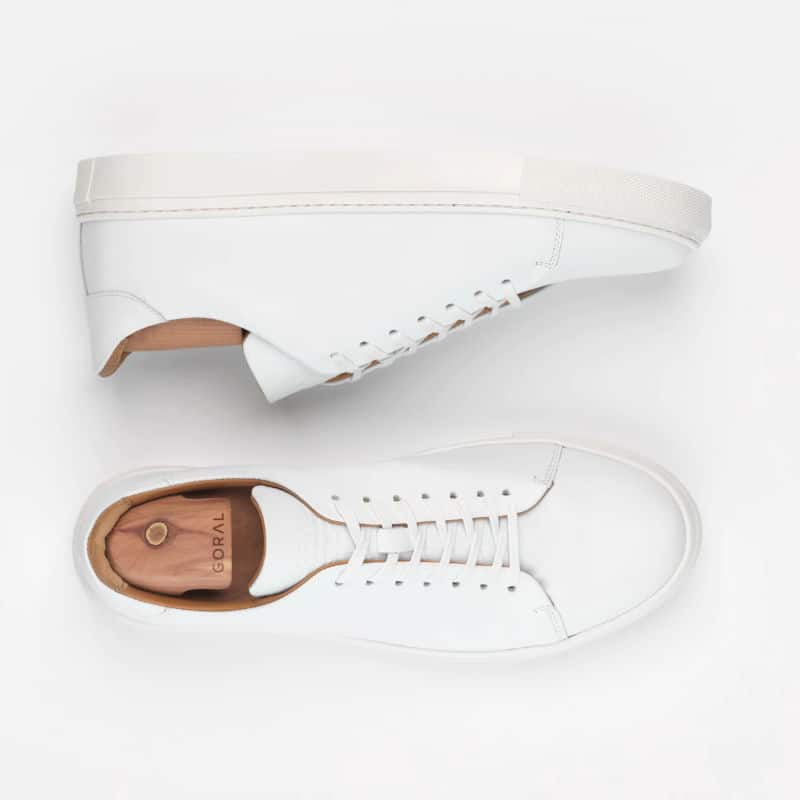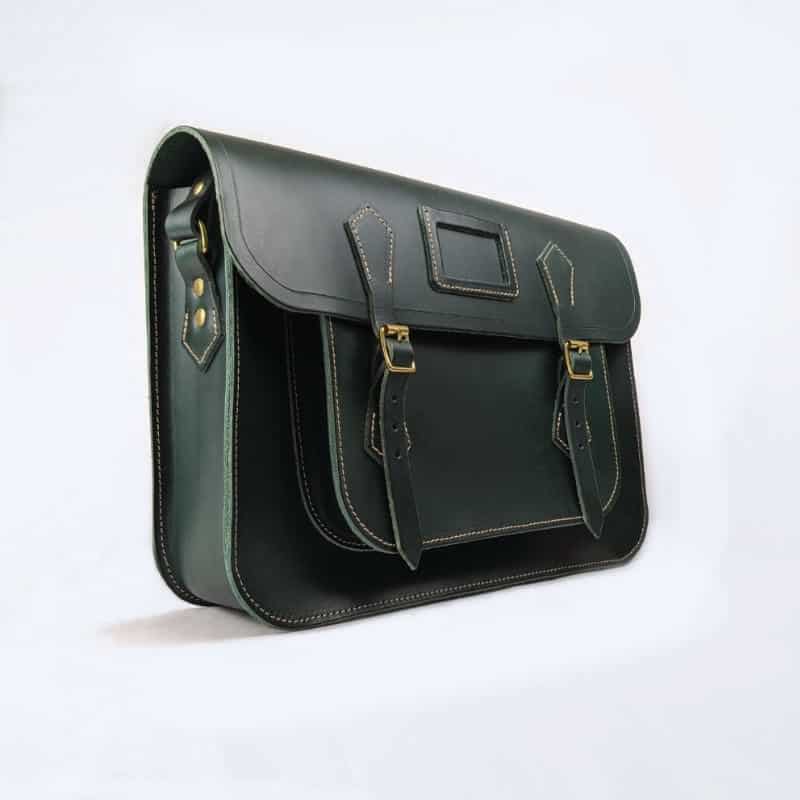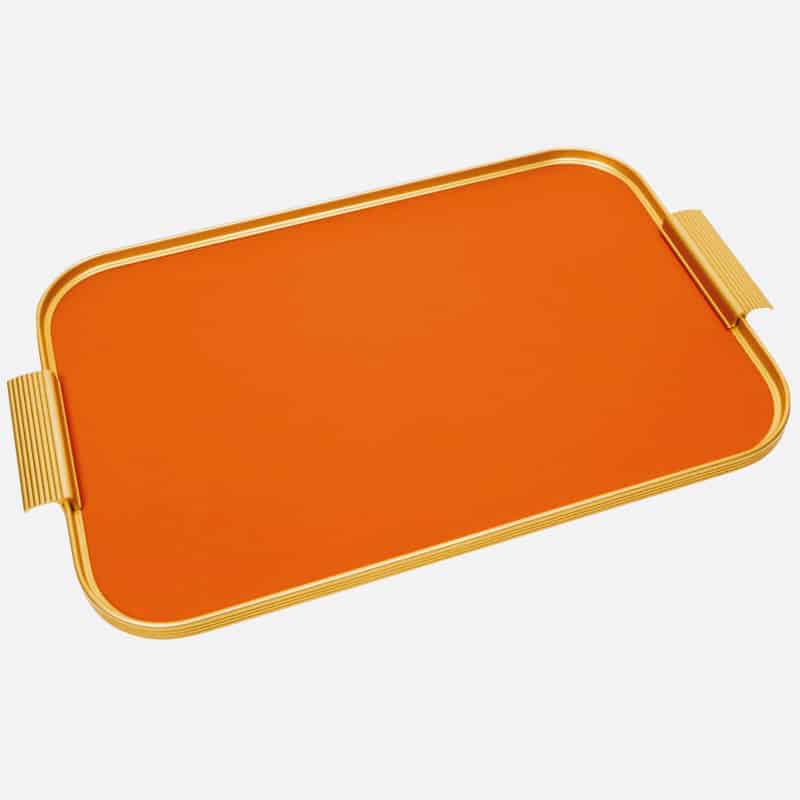Terence CONRAN
The story of Britain's most influential designer

If there has been one individual from the modern era that has influenced us here at Sir Gordon Bennett it has been Sir Terence Conran. He has also been one of the main influences of how we live, how our homes look and how we eat out in Britain. A polymath of design who committed his life to elevating design that should improve life. Thomas Heatherwick once said Sir Terence ‘moved Britain forward to make it an influence around the world’.
Born in Kingston upon Thames and when he left school he wanted to become a craftsman at the revered gunsmith Holland & Holland. But he discovered that the apprenticeship was a long 20 years to become a master gunsmith and only paid £4 a week. Thinking this was a stretch too far he enrolled at Central School of Arts and Crafts (now Central St Martins) where he studied textiles although didn’t finish his course, again it shows that he liked to move fast. He was at heart a craftsman and shared a studio with his mentor tutor Sir Eduardo Paolozzi the Scottish sculptor and artist who is regarded as one of the pioneers of Pop Art. Conran’s first foray into work was as an assistant to architect Dennis Lennon who had been commissioned by the Festival of Britain in 1951 to make a ¼ scale interior of a Princess Flying Boat.
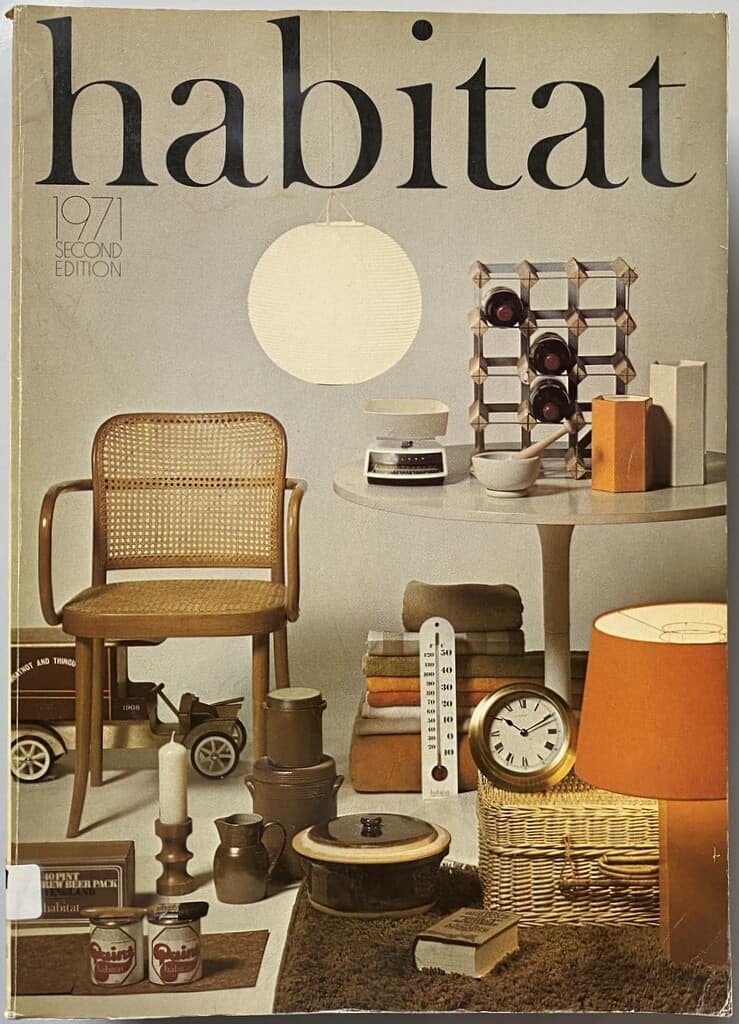
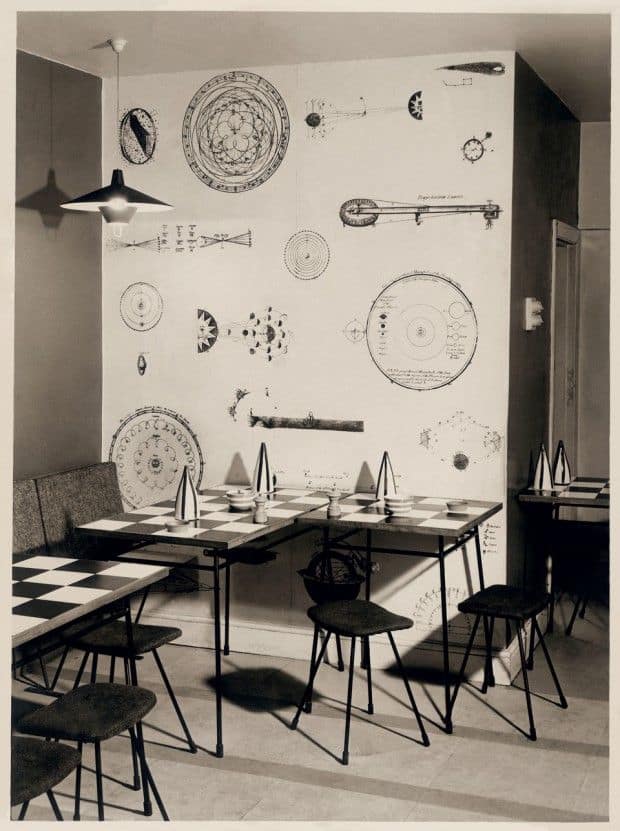
The Democratising of Furniture and Homewares
Although Sir Terence has influenced many facets of ‘modern’ Britain, furniture and homewares are where he had the greatest influence probably due to the recognition of the Habitat brand and shops. It all began in 1952 where he started his first business in a basement in Notting Hill. Conran and Company made furniture by hand with the ethos of plain, simple, useful. A defining Conran red thread throughout his meandering business life. These original pieces of furniture that were actually made by his own hands now go for many thousands. To say that he was settled at the beginning of his making life would be a stretch. During the mid 50’s he moved workshop numerous times. Bethnal Green to Notting Hill and from Chelsea to Camberwell and a workshop he liked to call Cock-Up Yard. He designed and manufactured for the likes of Edinburgh Weavers, John Lewis and Simpsons of Piccadilly. His reasoning why he actually began his business is that when he wandered around the streets of London at night he would look the the front rooms of people and think ‘My God what a dreary life these people have’ and he wanted to make it less dreary.
In 1956 he started The Conran Design Group which set out to create contemporary furniture and homewares for a new generation of consumers. Consumerism was starting to seep into Britain from the US and he was mixing many styles into his own distinct style. Taking Mid-century modern, Scandi design and French rustic to create a homely yet thoroughly modern look that Britain would take to. One that seemed to fit the modern world and the ‘new’ consumer. During this period The Conran Design Group took the commission to design the new Mary Quant Bazaar store in Knightsbridge. Mary Quant would become a long-time collaborator creating the uniforms for the first Habitat store.
During the early 60’s he launched the Summa range which was his first ‘mass’ manufactured range. Designed to be sold to large department stores and retailers. These pieces of furniture were maybe a bit ahead of their time as they were ‘knock-down’ or as we now know them ‘flat-pack’. This radical collection, long before IKEA, was designed to be affordable and accessible to the many and aimed at ‘someone on a teacher’s salary’ but who still wanted great design in their life. The trouble was that he struggled to get the range in store. But Sir Terence was a gifted businessman and believed in the range and in 1963 moved the operation to Thetford in Norfolk to a 40,000 foot factory, then in 1964 opened his first Habitat to sell the range that no one else wanted.
Habitat has become an icon of British retail, luxury and design at an ‘affordable’ price. This was a European approach to shopping and living. Young Londoners along the Fulham Road lapped it up. A more relaxed atmosphere where you could buy into a whole ‘lifestyle’, from furniture to cook books. In a headline that is definitely of the era, the Sunday Times ran the headline in a review of the Habitat store ‘What the smart chicks are buying’. Habitat stores started opening up across the UK in Brighton, Manchester and Glasgow, introducing a new way of living and access to design that was only seen in magazines before. It is hard to imagine a time before duvets, but before Habitat us Brits only used sheets and blankets. It was ‘hip’ to shop at Habitat and in fact also hip to work in them and to cement that Vidal Sassoon did the hair of the staff and they played The Beatles whilst you shopped, not elevator music as in more traditional department stores. Although he was quite scathing about the retail landscape in Britain and particularly department stores he did concede that Elders of Glasgow was the exception.
With the success of Habitat now going global and taking his vision to many countries he opened up first The Conran Shop at Michelin House (the beautiful Art Nouveau building in Chelsea). The design ethos was similar but was a much more sophisticated and expensive affair. Stocking some of the world’s finest furniture designers such as Charles and Ray Eames and Florence Knoll, which you can still find in the Conran Store.
In the mid 70s Picasso was introduced to one of the Conran chair designs by an acquaintance and purchased a couple for his studio. Sir Terence considered this one of the highest honours of his career but regrets accepting cash for them and not a sketch or two.
To further compound the design principles of the Conran Group Sir Terence released many books and two in particular have become classic printed items. The brown folded sheet catalogue, illustrated by Juliet Glynn Smith which was a sensation at the time, although it might not sound like it now. And The House Book which was a pioneering publication that became a guide to curating a conscious lifestyle for a generation in the UK. It is hard to overestimate the influence this book had, British homes would never be the same again.
Classic design is sometimes hard to define but take a walk around any Habitat and especially a Conran shop and many of the items that you can still purchase were available when the stores first opened. Fashion is fleeting, style is permanent as they say and one truism that we certainly buy into at SirGordonBennett.com.
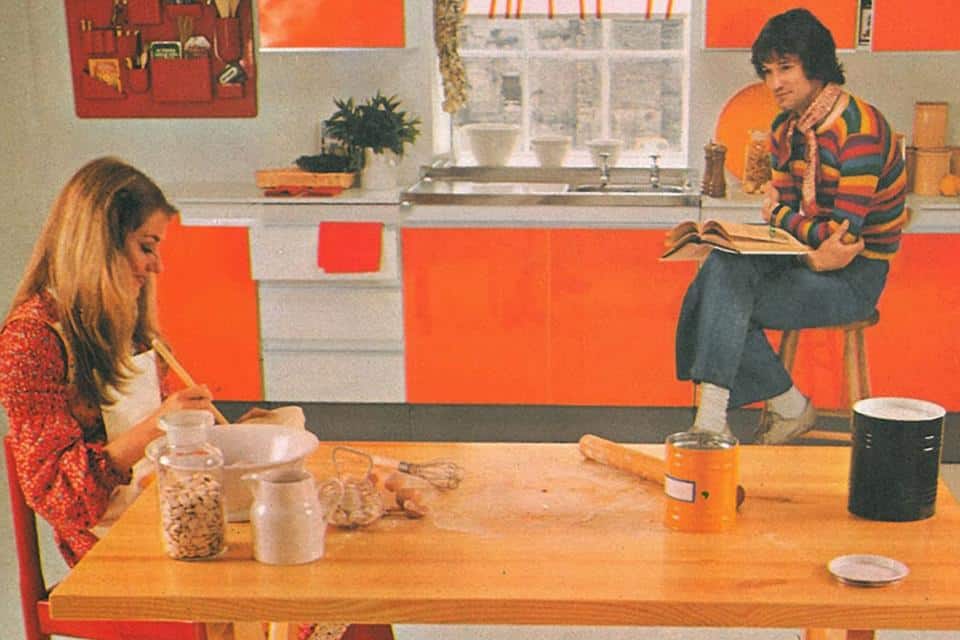
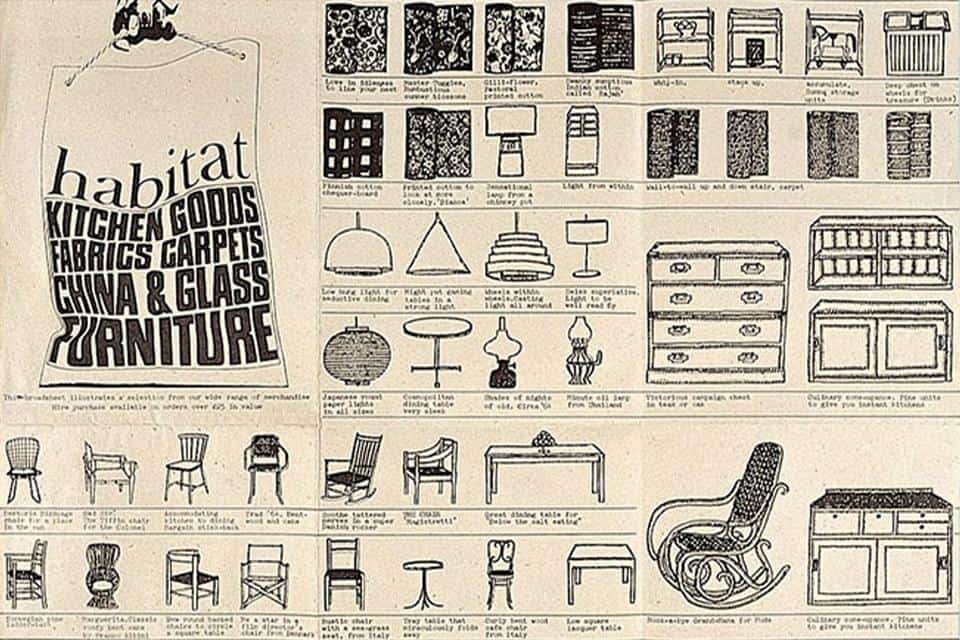
Food and Restaurants
Not only was Sir Terence a titan of design he is also known as Britain’s most influential restaurateur. Food always played a central part of Sir Terence Conran’s vision. From right at the beginning of his business life he was excited with the prospect of opening restaurants. He was a classic bon vivant. The joy we believe in this was that he could style a whole experience. From the interior to the atmosphere and of course the food and libations.
His first foray when he was in his early 20s in 1953 was The Soup Kitchen on Chandos Place, a small bistro that was created on a budget of under 300GBP. The food, as the name of the restaurant implies, was soups and crusty bread but in a stylish environment. His second restaurant was the Neal Street Restaurant where the menus was designed by David Hockney.
His original restaurant philosophy was similar to his design philosophy. He wanted to bring the good life to the masses. Mainly focusing on mid-market restaurants that were and are special enough for a special night out but are accessible for most. But as his restaurant empire grew they became more upmarket (including the iconic Bibendum and Quaglinos) which troubled him slightly and eventually he sold his restaurant group as he felt he was not able to be as hands-on as he would like.
There is no doubt that he was a visionary and transformed the British restaurant landscape and upped the ante when it came to food in the UK and a night out on the town in London.
Value of Good Design
Design for quality of life. Sir Terence was an evangelist on the subject and believed that the British public should be educated without being preached to on the subject. In 1980 he set up the Conran Foundation - a charity whose main activity is for ‘The advancement of the education of the public in the study of industrial and manufacturing art and design in its historical, social, artistic, industrial and commercial contexts.’
The Conran Foundation’s first initiative was launched in 1982 with the Boilerhouse Project which was a newly built gallery and space in an unused basement of the V&A Museum. The Boilerhouse Project was a place for students, designers and the public to discuss and debate design and raise the awareness of good design.
The Boilerhouse Project was such a success that a new larger space was required, a former 1940’s Banana warehouse was chosen on the south of the Thames in Shad Thames. It was a modernist building that had seen better days but after the renovation in 1989 it became a mecca for design enthusiasts, it was often called Bauhaus-on-Thames. The Design Museum was born, the first of its kind and intended to stimulate interest in the design of the industrially produced object. Its opening exhibition was called Commerce and Culture, something that we can truly relate to here at SirGordonBennett. At the opening guests ate miniature Fish and Chips wrapped in the Financial Times, a touch of humour goes a long way.
The building and project were situated there until it outgrew its location once again. And through public funding and further funding from the Conran Foundation the Design Museum moved to the former Commonwealth Institute in Holland Park, West London. Which seems a fitting location with its iconic roof. It now houses three exhibition spaces, an auditorium, a library and an education space. Where all spheres of design are catered for, from fashion, architecture, graphics, digital as well as that closest to Conran’s heart; product design.
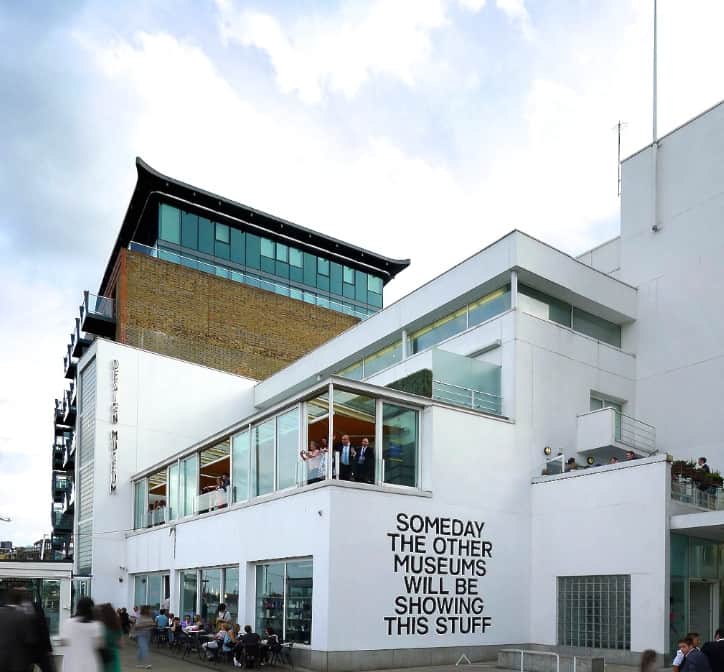
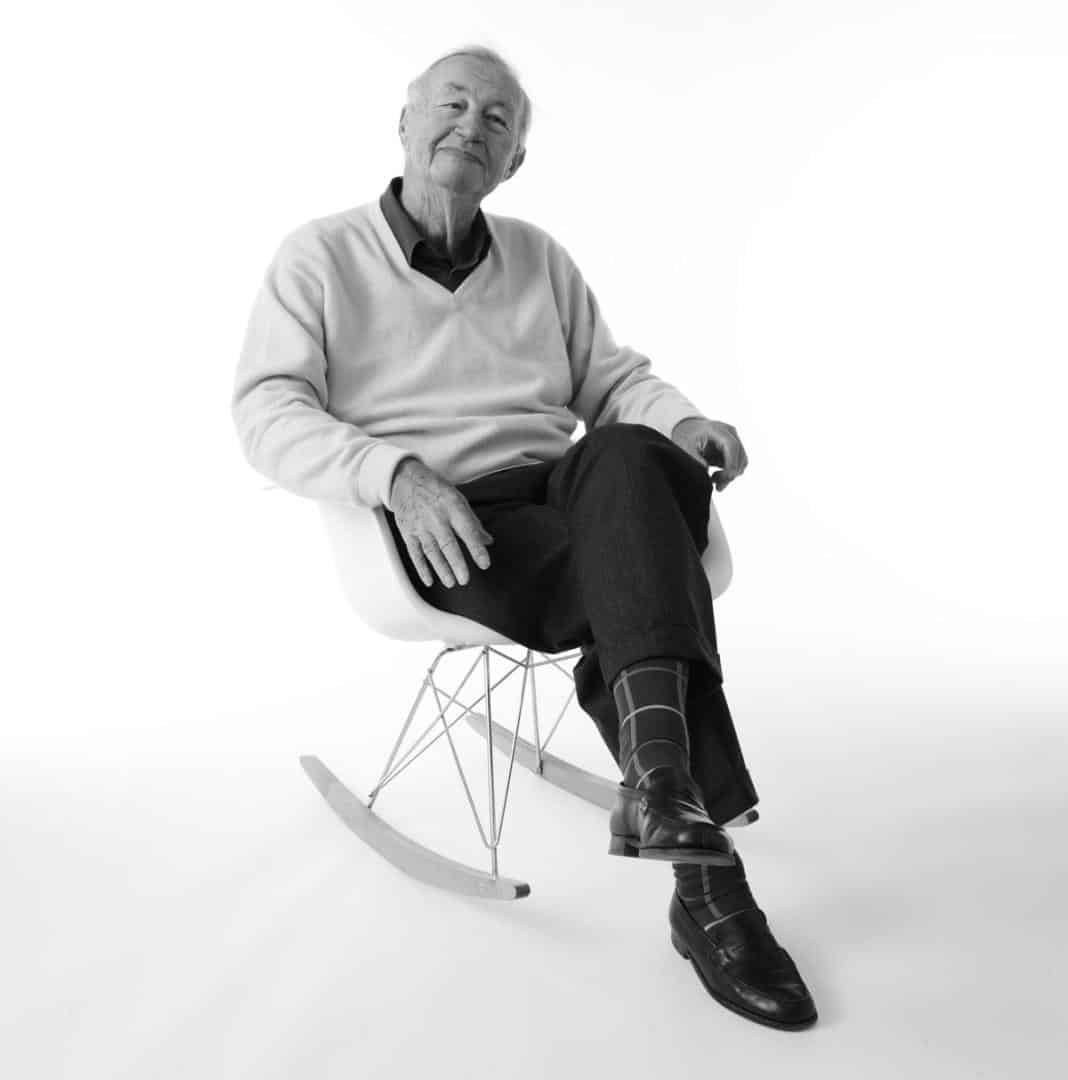
Sir Terence Conran the Man
There are not many people who have achieved so much in their lifetime and in so many varied strands. Retail, design, restaurants, publishing (he published over 50 books on design and food), architecture and charity. It really does make us here at SirGordonBennett feel like slouches but Conran was a force of nature and claimed that he only had so many things on the go to keep himself busy so he didn’t end up a grumpy old man.
The term ‘lifestyle’ was the moniker that others called his belief system that cut through design, retail, publishing and restaurants but he disliked that term. But modernist principles and democratising design was his guiding star and there will probably never be someone so influential on British design and style as Sir Terence Conran who described himself as ‘A Bauhaus educated chap’ whilst his family described him after his death ‘a proud patriot who promoted the best of British design, culture and arts around the world’.

